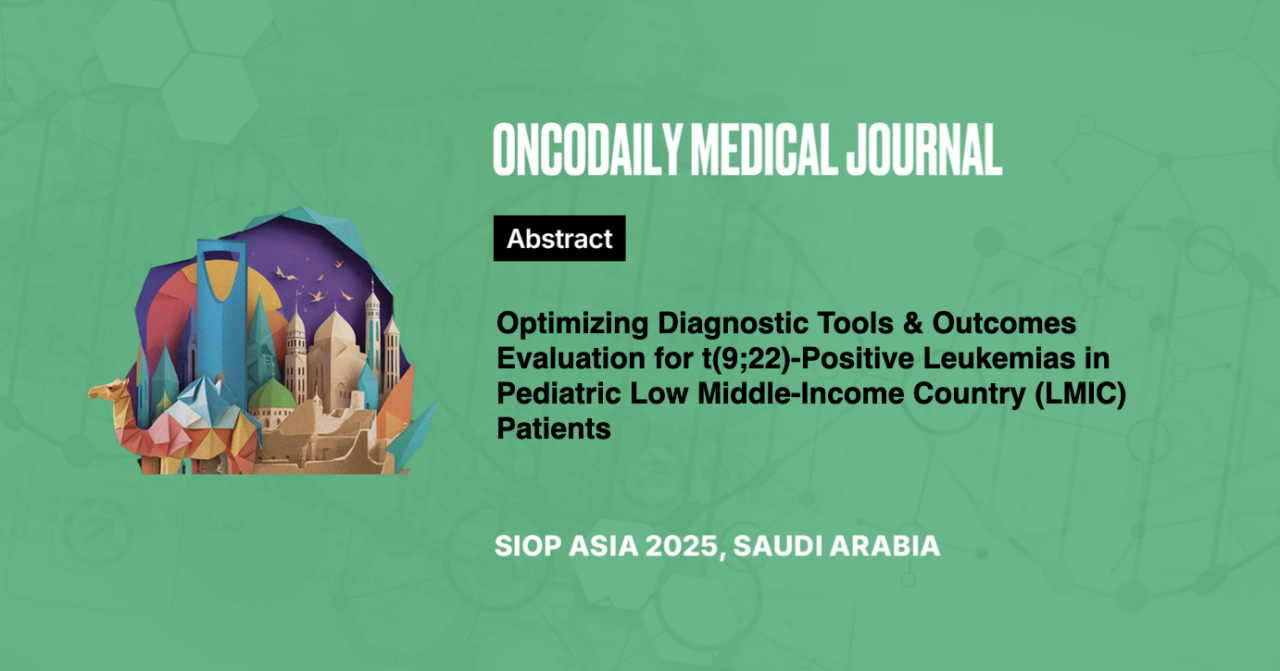Optimizing Diagnostic Tools & Outcomes Evaluation for t(9;22)-Positive Leukemias in Pediatric Low Middle-Income Country (LMIC) Patients
Abstract
Introduction: Various diagnostic tests are available for detecting t(9;22) transcripts in leukemias. Most of them are expensive causing a hindrance in their availability in Low- Middle- income countries (LMICs). Objective of this study is to determine the most effective and cost-efficient testing strategy for LMICs.
Methodology: Retrospective cohort study was conducted. Patients charts from January 2011 till December 2022, of patients <18 years of age were reviewed. The sensitivity (SS), specificity (SP), positive predictive value (PPV), and negative predictive value (NPV) of RT-PCR, FISH, and karyotyping were compared.
Results: The cohort consisted of 13 ALL and 10 CML. The median time and cost for RT-PCR results were 7 days (IQR: 7-9) and $93, respectively. The SS, SP, PPV, and NPV of RT-PCR relative to FISH were 100%, 0%, 82.6%, and 0%, respectively. Compared to cytogenetics, these values were 100%, 0%, 73.9%, and 0%, respectively. The median time and cost for cytogenetics results were 14 days (IQR: 12-15) and $48, respectively. The SS, SP, PPV, and NPV of cytogenetics relative to RT-PCR were 73.9%, 0%, 100%, and 0%, respectively. For FISH, these values were 84.2%, 78%, 94%, and 50%, respectively. The median time and cost for FISH results were 10 days (IQR: 9-12) and $57, respectively. The SS, SP, PPV, and NPV of FISH relative to RT-PCR were 82.6%, 0%, 100%, and 0%, respectively, while for cytogenetics, these values were 94%, 50%, 84.2%, and 75%, respectively.
Conclusion: Qualitative RT-PCR was found to be the most effective and cost-friendly tool for the accurate and timely diagnosis of Ph+ leukemias in low-resource settings.





